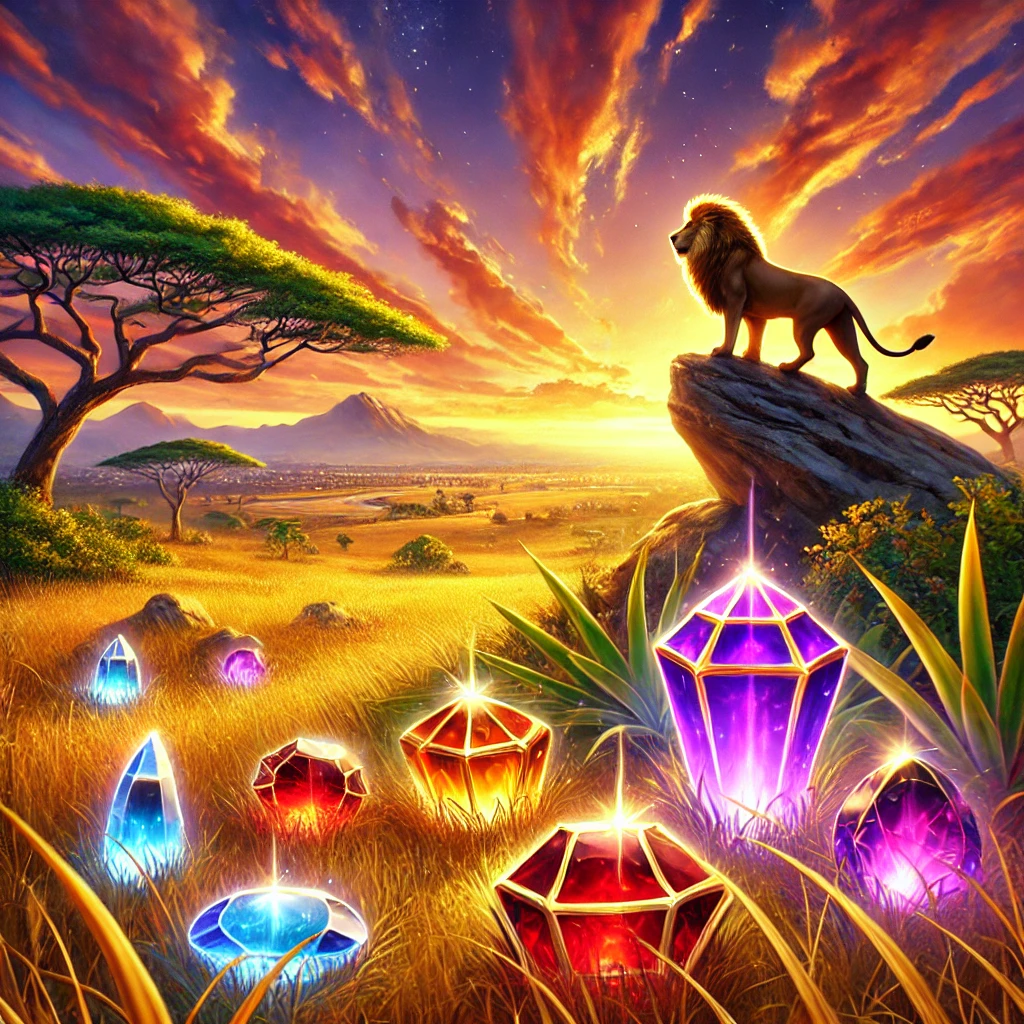Our Journey
Prizodrizzle features a unique collection of flight simulators that will take you into the exciting world of air battles. Our games offer a realistic piloting experience and participation in historical missions.
Challenge yourself as a pilot, fly legendary planes and take part in exciting air battles. Our games are offering addictive gameplay and high-quality graphics.
Join Prizodrizzle and enjoy flights that will leave you breathless and give you a real feeling of flying.
The Way to Fun: It's Easy to Start Playing
Explore games
The Amazing Money Machine™ Chips

The Amazing Money Machine™ Chips takes players on a thrilling journey filled with vibrant graphics and engaging gameplay. This social casino game combines elements of classic slot mechanics with innovative features, creating an experience that captivates both seasoned players and newcomers...
Start playingMaster Chen’s Fortune™ Win

Master Chen’s Fortune™ Win offers an engaging and vibrant social casino experience, immersing players in a world of Eastern-inspired charm. The game’s captivating theme revolves around the jovial Master Chen, a symbol of luck and prosperity, guiding players through a colorful array of...
Start playing9 Coins™ Table

9 Coins™ Table is a captivating social casino game that takes players on a journey through vibrant visuals and engaging gameplay. The game’s design stands out with its immersive theme and intuitive interface, making it accessible to both new and experienced players. The aesthetic appeal of 9...
Start playingPhoenix Forge™ Dealer

Phoenix Forge™ Dealer is a captivating social casino game that offers players an exhilarating experience through its unique gameplay mechanics and vibrant visuals. Designed for entertainment and fun, this game transports players to a mythical world filled with treasure-filled vaults and fiery...
Start playingMighty Wild™: Panther Spin

Mighty Wild™: Panther Spin is an engaging social casino game that takes players on a thrilling journey into the heart of the jungle. The game’s design is visually stunning, with lush graphics that transport players to a vibrant wilderness. The jungle ambiance is further enhanced by captivating...
Start playingDiamond Cascade™ Bet

Diamond Cascade™ Bet brings a captivating experience to social casino gaming enthusiasts, blending vibrant visuals with engaging gameplay. Set in a world of sparkling gems and cascading rewards, the game’s design immediately draws players into its glittering universe. The seamless animations...
Start playing

